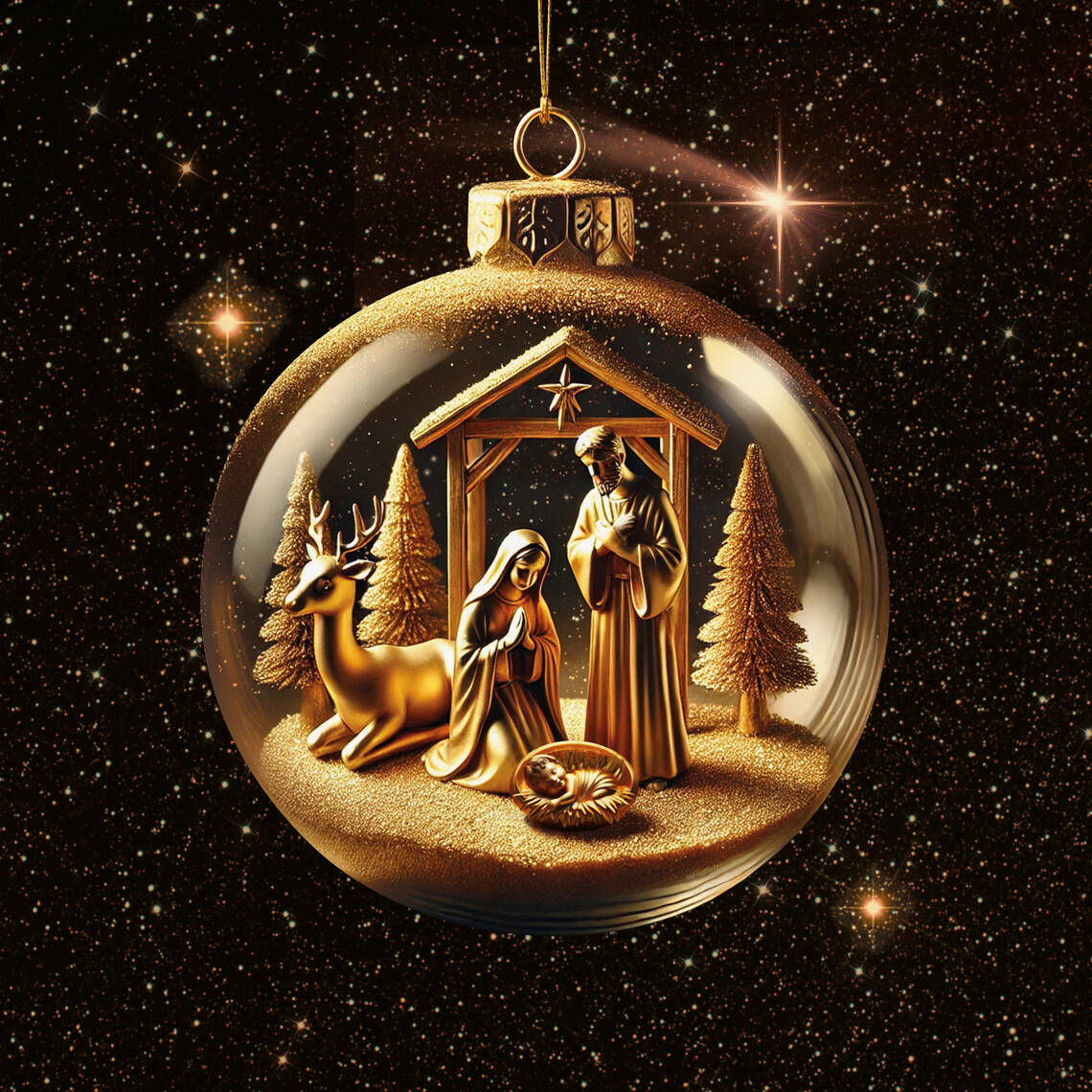Wooden nativity scenes from the Bernese Oberland
Andrej Abplanalp
12. December 2018
Wooden nativity scenes from Brienz have a long tradition in Switzerland. The original design was created by Hans Huggler-Wyss in 1915.

Exhibition | accessibility.time_to
According to the Christmas Bible story, Mary laid her newborn son in a manger as there was no room at the inn. Nativity scenes pick up on this, representing it in countless different ways. The traditional exhibition of cribs this year focuses on the buildings surrounding the holy family: grottos and caves, ruins, different types of stables and barns, houses, churches and even a winter forest. Cribs from Switzerland and from all over the world impressively showcase the myriad ways that artists and crib builders have imagined and represented Christ’s place of birth. As always, the exhibition will be accompanied by a varied supporting programme for the whole family.

Guided tour for private groups through the exhibition "Christmas & Cribs".
Tour: 1 hour
Guided tours can be arranged outside opening hours: Mon between 9.30 am and 6 pm, Tue to Fri between 9.30 am and 7.45 pm. Sat and Sun between 10 am and 5 pm
| Registration: |
2 weeks in advance |
|
|
Duration: |
60 minutes; special packages can be offered on request |
|
|
Group size: |
max. 25 participants per tour |
|
|
Languages: |
English, German, Italian, French. Other offers upon request. |
|
|
Cost: |
CHF 180 for the guided tour + CHF 10 admission per person Children up to 16 years free. For groups of persons with permit N, S, F, the guided tour and admission are free of charge. |
Monday till Friday 09:00 - 12:30

Guided tour of the exhibition «Christmas & Cribs».
1 hour
Guided tours are free of charge for school classes from Switzerland.
Guided tours in English can be arranged, even outside opening hours. Guided tours are free of charge for school classes from Switzerland.
| Booking: |
at least 2 weeks in advance |
|
|
Duration: |
1 hour guided tours, other services by prior arrangement |
|
|
Group size: |
max. 25 people |
|
|
Cost: |
Guided tours for school classes from Switzerland are free of charge. |
Monday till Friday 09:00 - 12:30
This year’s traditional exhibition of cribs focuses on the setting surrounding the Holy Family. The crib scenes show the baby Jesus in grottos and caves, ruins, stables, houses and even a cathedral.
A nativity scene has the Holy Family at its centre. Who and what surrounds them has strong symbolic significance – as does the accommodation found for the baby Jesus. The Bible does not associate the birth of Jesus with a specific place, it merely refers to Mary laying the newborn Jesus down in a manger, “because there was no room for them in the inn”. This scope for interpretation has inspired artists and crib builders to create all kinds of different settings for the Christmas story over the centuries.
The crib exhibition focuses on the diversity of settings and buildings surrounding the Holy Family: grottos and caves, ruins, different types of stables, houses, churches and even a winter forest. Each crib tells its own story of cultural influences and craft traditions of the time as well as the birth of Jesus. Works from Europe, South America, Africa and Asia show us how the Christian faith was brought to life using local materials, symbols and artistic forms of expression. A crib from Peru dating from between 1960 and 1980 is a particularly salient example, showing the birth of Jesus in a stone cave. A spiritual healer can be seen on the cave roof invoking the spirits. In other words, the indigenous and Christian faiths exist side by side and are not mutually exclusive.
The traditional crib exhibition at the National Museum Zurich presents 18 cribs from all over the world and offers a varied accompanying programme for the whole family.